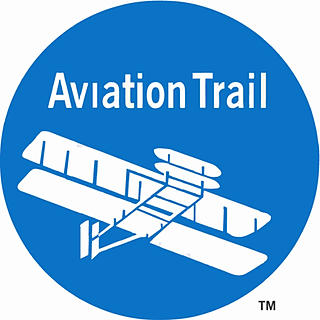November in Aviation History
- Aviation Trail
- Nov 17, 2020
- 2 min read

Nov 21, 1783 A balloon made of cloth and paper* by brothers Jacques-Étienne and Joseph-Michel Montgolfier made the first free hot-air balloon flight. It was piloted by Jean-François Pilatre de Rozier and François Laurent, the marquis d’ Arlandes. After previous successful manned and unmanned tethered demonstrations by the Montgolfiers, (including one test flight that carried a sheep, a duck, and a rooster), this was the first untethered flight. The 60,000 cubic foot balloon was about seventy-five feet tall and about fifty feet in diameter. The flight (which happened to be witnessed by Benjamin Franklin), reached a height of about 3000 feet, and flew about 9 kilometers in 25 minutes before being forced to land when burning embers threatened to destroy the balloon.
The development of gas balloons proceeded almost in parallel with the work of the Montgolfiers. On 1 December of 1783, Jacques Charles and Nicolas-Louis Robert flew the first manned hydrogen balloon, for 2 hours 5 minutes and covered 36 km. Jacques Charles immediately flew again, alone, and ascended to 3,000 meters. Work on each type of balloon was spurred on by the knowledge that there was a competing group and alternative technology. Interest in hot air balloons was largely superseded by gas balloons over the following decades. But with the advent of nylon balloons and propane burners in the 20th century, hot air ballooning has grown to the popular sport that it is today.

*The Montgolfier family operated a paper manufacturing business that had its beginnings in the sixteenth century. The Montgolfier Company later became Montgolfier et Canson, then Canson & Montgolfier, and still operates under the name Canson with a world market in fine art papers, drawing papers and photography papers.







Comments